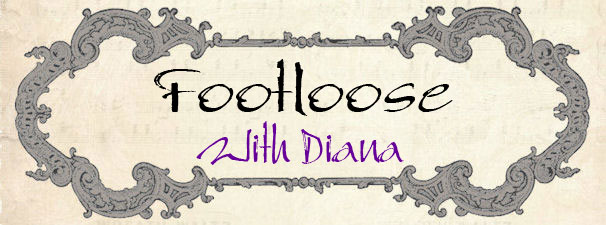One of our day trips from Bilbao was the pretty town of San Sebastian, a city of just under a half million people on the Bay of Biscay. Much of what you see there today dates from the 11th century and later. We took a wander out onto the beach to see local sculptor Eduardo Chillida's gift to the town:
The best views of the city come from high above at a derelict fun park on Monte Igueldo:
The park's kind of a hoot and I particularly enjoyed seeing these tough little Basque ponies up there:
In the 17th century, French troops attacked the City and inflicted a huge amount of damage. The event is commemorated by a monument of a little drummer boy. There's an annual Tamborrada festival of San Sebastian in January. At midnight on January 20th, the feast day of San Sebastian, the mayor raises the flag of San Sebastián in the Konstituzio Plaza, and for 24 hours, the entire city is awash with the sound of drums. The adults, dressed as cooks and soldiers, march in different companies across various parts of the city. The origin of this merriment comes from the custom of locals using buckets and hardware from the water-pump to mock the occupying soldiers stationed in the city by aping their daily procession from their headquarters to the main gate at the city walls.
There's also a memorial to Franco's victims, the Basques having been a particular target of his
The best views of the city come from high above at a derelict fun park on Monte Igueldo:
The park's kind of a hoot and I particularly enjoyed seeing these tough little Basque ponies up there:
The 1817 Plaza de Constitucion
Notice the numbers over each balcony; the plaza was once used for bullfights and the numbers indicated which location your ticket entitled you to:
Tile depiction of the plaza as an old market square
In the 17th century, French troops attacked the City and inflicted a huge amount of damage. The event is commemorated by a monument of a little drummer boy. There's an annual Tamborrada festival of San Sebastian in January. At midnight on January 20th, the feast day of San Sebastian, the mayor raises the flag of San Sebastián in the Konstituzio Plaza, and for 24 hours, the entire city is awash with the sound of drums. The adults, dressed as cooks and soldiers, march in different companies across various parts of the city. The origin of this merriment comes from the custom of locals using buckets and hardware from the water-pump to mock the occupying soldiers stationed in the city by aping their daily procession from their headquarters to the main gate at the city walls.
The oldest building is the only remnant of the fire of 31 August 1813, when most of the city was burned in the Peninsular War led by the British against Napoleon's occupation.
The 18th-century Baroque Santa Maria church is the only one in town that gives any attention at all to San Sebastian; you would think as the town's namesake he might be more prevalent, but this is his only hurrah
La Zurriola Bridge over the Urumea River
Old city walls
Former seminary
Medallions of wine clubs, a major bastion of male privilege until very recently
Beautifully handwritten menu in a pinxho bar






























No comments:
Post a Comment